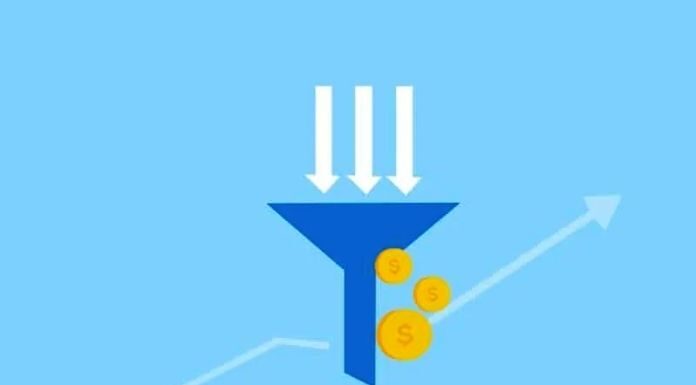In general, any company that is active in the market uses the sales funnel process. The sales funnel or pipeline is a concept that represents the entire process – or journey – of a sale.
That is the path that customers take, from the first contact with the company to closing the deal, which may be acquiring a product or service, for example.
Analyzing strategically, the path taken by a consumer to the completion of the sale tends to be lengthy – most of the time – and permeates some stages of contact with the company.
And that’s why managers and marketing professionals widely use the sales funnel model to monitor and nurture the relationship between the company and the customer.
By monitoring the customer journey identified through the sales funnel, it is possible to find insights, approach points, communication gaps, and even failures in the sales process.
And all these points are fundamental in building long-lasting and well-nourished relationships with your customer base.
The Customer’s Buying Journey
And objectively: the purchase journey is the path a potential customer – also called a lead – takes until they make a purchase.
Within the buying journey, we have what is known as the “customer journey,” which, as Salesforce explains, is the “experience that consumers have with your brand for a lifetime.
But what do buying and customer journeys do with the sales funnel? The sales funnel the process where the purchase journey is monitored.
In the purchase journey, we identify which stage of the sale the consumer is in, which can be in the knowledge phase of your product, considering the purchase until the final decision, where the sale is consummated.
The sales funnel used to point out the best approach to communicate with the consumer and encourage the continuation of their purchase path.
Thus, by understanding the customer’s stage, marketing, and sales professionals become more aligned with bold actions and strategies. The company can deliver more value in the customer experience with the brand – that is, nurturing the customer journey. Client.
How The Sales Funnel Works
A sales funnel divided into three stages, each referring to one or more stages of the customer’s buying journey. Within the sales funnel model, we have the following:
The Top Of The Funnel
In this phase, also known as Tofu ( top of the funnel ), the visitor is not yet a customer. He has the awakening of a need that until then was unknown and needs to be resolved, but he still does not know the way.
Companies must provide knowledge by creating educational and informative content about their expertise.
For example, a real estate company can create a series of content for its social networks about the importance of buildings with recreational areas for couples who have children. In this way, a couple looking for an apartment and planning to have children will identify, through these contents, a need that was not latent until then.
The top of the funnel is an essential step in the sales process. It is the awakening of need, which can evolve into building a successful relationship between customer and company.
The Middle Of The Funnel And The Problem Solution
The second stage of the sales funnel is known as the middle. And it is here that the consumer will recognize his problem and look for ways to remedy it.
This is perhaps the most critical stage of the sales funnel because, at this stage, the company must “sell its fish” and show the lead that it has the solution to its problem.
It is worth remembering that not all consumers reached by the informational content promoted in the previous stage will move on to this stage. Soon, those who went to the middle of the funnel already showed interest in seeking solutions to their pain.
However, it is essential that at this stage of the process, the company does not force any action or try to push its products and services to complete the sale.
Even having a problem, the consumer is still analyzing its possibilities and looking for the best solution. This is the market research phase, where he will consider the best company to help him with his pain.
When they come across a post by a real estate agent on a social network about the importance of condominiums having recreational areas for children, the couple understands that that information is helpful for them and decides to filter their searches.
The real estate’s social networks are amply filled with confirmed cases, testimonials from residents, and professionals specialized in the area with super constructive information, in addition to sharing valuable tips on financing and real estate credit.
Bottom Of The Funnel And The Final Decision
If your lead made it this far, your company is doing the right thing. The bottom of the funnel is the stage where consumers can already receive proposals from the sales team. This is because there is already a relationship of trust between the lead and the company.
And that’s why the sales funnel is so important in this process. With a tool specialized in monitoring the funnel, marketing and sales professionals will have invaluable information about the consumer to move forward in this stage.
Also Read: How About Applying Virtual Reality In Your Business?

